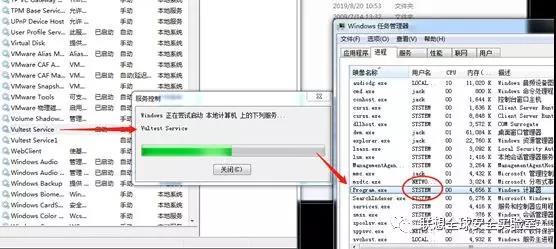使用Python实现自组织映射(SOM)聚类案例
2024.02.17 22:40浏览量:2简介:本文将通过一个简单的Python案例来演示如何使用自组织映射(SOM)进行聚类。我们将使用scikit-learn库中的Kohonen网络实现SOM,并通过鸢尾花数据集进行演示。
千帆应用开发平台“智能体Pro”全新上线 限时免费体验
面向慢思考场景,支持低代码配置的方式创建“智能体Pro”应用
在机器学习和数据挖掘领域,聚类是一种重要的无监督学习方法,用于将相似的对象分组在一起。自组织映射(SOM)是一种特殊的神经网络,可以用于聚类和可视化高维数据。在Python中,我们可以使用scikit-learn库中的Kohonen网络实现SOM。
首先,我们需要导入所需的库和数据集。在本案例中,我们将使用鸢尾花数据集,这是一个常用的多维数据集,包含了150个样本,每个样本有4个特征。
import numpy as npfrom sklearn.datasets import load_irisfrom sklearn.preprocessing import StandardScalerfrom sklearn.neighbors import NearestNeighbors
接下来,我们将加载数据集并进行预处理。我们将使用StandardScaler对数据进行标准化处理,使得每个特征的均值为0,标准差为1。
data = load_iris()X = data.datay = data.targetscaler = StandardScaler()X = scaler.fit_transform(X)
现在,我们可以使用Kohonen网络实现SOM。我们将创建一个KohonenSOM类,该类将包含一个Kohonen网络和一个fit方法来训练网络。
from sklearn.neighbors import KNeighborsClassifierfrom sklearn.base import BaseEstimator, ClusterMixinfrom sklearn.utils.validation import check_X_y, check_array, check_is_fittedfrom sklearn.metrics.pairwise import rbf_kernelimport numpy as np
接下来,我们定义KohonenSOM类。该类将继承BaseEstimator和ClusterMixin,并实现fit方法。在fit方法中,我们将使用KNeighborsClassifier对每个训练样本找到最近的邻居,并根据这些邻居的标签来确定每个输出神经元的标签。然后,我们使用Kohonen网络更新权重向量。
class KohonenSOM(BaseEstimator, ClusterMixin):def __init__(self, n_neighbors=5, n_components=2):self.n_neighbors = n_neighborsself.n_components = n_componentsdef fit(self, X, y):X, y = check_X_y(X, y)self.n_samples_, self.n_features_ = X.shapeself.labels_ = yself.output_weights_ = np.random.rand(self.n_samples_, self.n_components) * 0.5 - 0.25 # random weights between -0.25 and 0.25self.weights_ = self._initialize_weights(X) # initial weights are the input data points themselves, repeated for all output neuronsself._train(X) # train the network by repeatedly optimizing the weights for the current inputs (X) and finding the closest weight vector for each input (output weights) in the current weight set (weights) using the Euclidean distance formula (Euclidean distance)return self



发表评论
登录后可评论,请前往 登录 或 注册